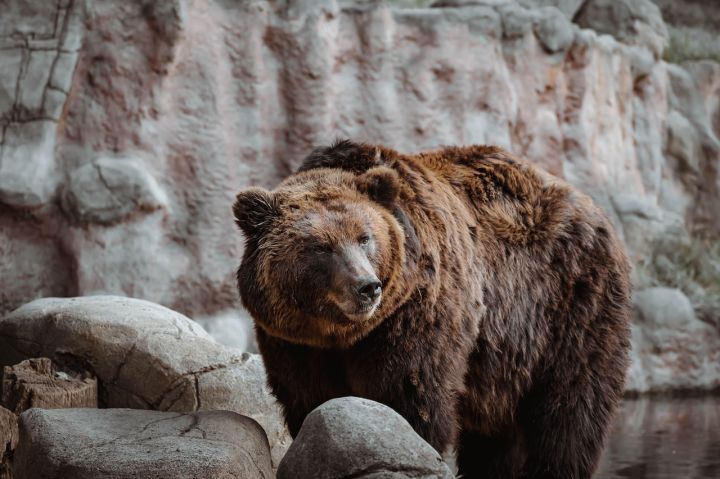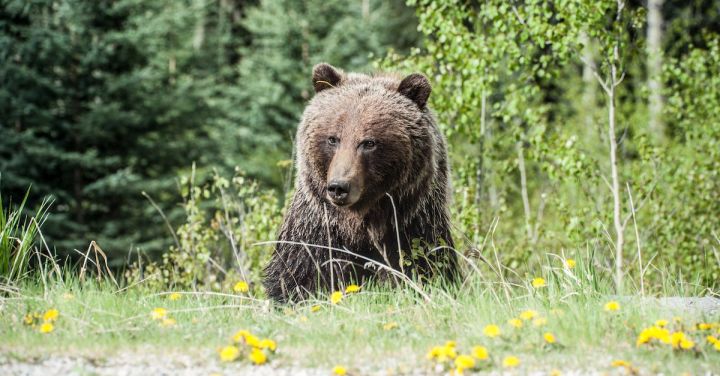How to Get Involved in Bear Habitat Restoration?
Bears are majestic creatures that play an essential role in maintaining the balance of ecosystems. Unfortunately, due to habitat destruction and human activities, many bear populations are facing significant challenges. However, there are ways that individuals can get involved in bear habitat restoration efforts and make a positive impact. This article will explore some practical steps you can take to help protect and restore bear habitats.
1. Educate Yourself
Before getting involved in bear habitat restoration, it is essential to educate yourself about bear behavior, habitat requirements, and the factors that threaten their survival. Learn about the different bear species, their habitat preferences, and the specific challenges they face in your region. Understanding the issues at hand will enable you to make informed decisions and take effective action.
2. Support Conservation Organizations
One of the most impactful ways to get involved in bear habitat restoration is by supporting conservation organizations that work towards protecting bear populations and their habitats. These organizations often engage in habitat restoration projects, research, and advocacy efforts. By donating your time or financial resources to these organizations, you can contribute to their vital work.
3. Volunteer for Habitat Restoration Projects
Many conservation organizations and government agencies organize volunteer programs focused on bear habitat restoration. These projects can involve activities such as reforestation, removal of invasive species, trail maintenance, or building bear-proof fencing. Volunteering not only allows you to directly contribute to the restoration of bear habitats but also provides an opportunity to learn from experts and meet like-minded individuals passionate about conservation.
4. Advocate for Stronger Government Policies
Effective bear habitat restoration requires robust government policies and regulations. By advocating for stronger protections and conservation measures, you can help ensure the long-term survival of bear populations. Write letters to your local representatives, participate in public hearings, and join conservation groups that actively engage in policy advocacy. Your voice can make a difference in shaping policies that prioritize bear habitat restoration.
5. Promote Sustainable Land Use Practices
Human activities, such as urban development, logging, and agriculture, have a significant impact on bear habitats. Promoting sustainable land use practices is crucial for minimizing habitat destruction. Encourage responsible land development, support sustainable forestry practices, and promote wildlife-friendly agriculture. By making conscious choices in our daily lives, we can collectively reduce our ecological footprint and create a more bear-friendly environment.
6. Engage in Citizen Science
Citizen science programs allow individuals to contribute valuable data that can aid in bear habitat restoration efforts. These programs often involve monitoring bear populations, documenting habitat conditions, or tracking changes in bear behavior. By participating in citizen science initiatives, you can actively contribute to scientific research and help identify areas in need of restoration.
7. Spread Awareness
Lastly, raising public awareness about the importance of bear habitat restoration is crucial for garnering support and inspiring others to take action. Use social media platforms, organize educational events, or give presentations to share information about bears and the need to protect their habitats. By spreading awareness, you can encourage more individuals to get involved and make a difference.
In conclusion, getting involved in bear habitat restoration is a meaningful way to contribute to the conservation of these magnificent creatures. By educating yourself, supporting conservation organizations, volunteering, advocating for stronger policies, promoting sustainable land use practices, engaging in citizen science, and spreading awareness, you can play a vital role in restoring and protecting bear habitats. Remember, every action, no matter how small, can make a significant impact in preserving the natural world and ensuring a brighter future for bears.






